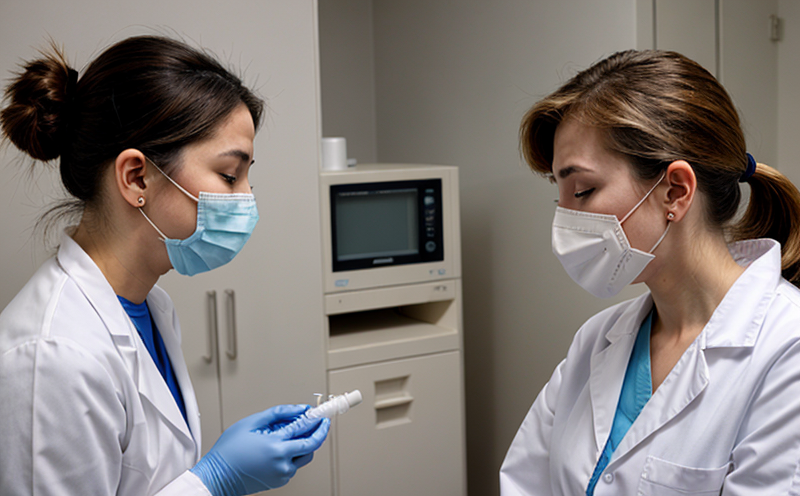Cross-Reactivity Testing Between Plant Allergens
Understanding cross-reactivity between plant allergens is crucial in diagnosing and managing allergic reactions. Cross-reactivity occurs when an immune system response triggered by one allergen also reacts to structurally similar substances, leading to potential misdiagnosis or underestimation of the allergenic risk.
In the context of clinical and healthcare testing, particularly in Allergy & Immunology Testing, this can be particularly challenging. For instance, individuals who are allergic to birch pollen may also exhibit symptoms after exposure to certain fruits like apples due to shared epitopes (antigenic determinants) between these allergens.
The process involves careful sampling and analysis using advanced techniques such as quantitative enzyme-linked immunosorbent assay (qELISA) or immunoblotting. These methods allow for precise quantification of specific IgE antibodies, which are key indicators of allergic reactions. Specimens typically include extracts from plants suspected to cause cross-reactivity.
The testing setup requires stringent quality control measures and adherence to international standards such as ISO 15148:2013. This ensures reliability and consistency of results across different laboratories. The entire process from sample collection to final result interpretation should be meticulously documented.
| Standard Code | Title | Year |
|---|---|---|
| ISO 15148:2013 | Identification of Allergenic Foods - Determination of Allergen Content in Foods | 2013 |
| ASTM E1716-15 | Evaluation of IgE Antibody to Food Allergens by Immunoassay | 2015 |
Why It Matters
Cross-reactivity testing between plant allergens is vital for accurate diagnosis and effective treatment strategies. Misdiagnosis can lead to unnecessary avoidance of non-allergenic foods, affecting patient nutrition and quality of life.
Accurate identification helps healthcare providers tailor individualized care plans that minimize the risk of adverse reactions while ensuring dietary sufficiency. This testing also supports the development of safer products in sectors like food manufacturing by identifying potential allergens early in the production process.
From a regulatory standpoint, compliance with international standards ensures patient safety and reduces liability risks for healthcare providers and manufacturers. It also aids in educational initiatives aimed at informing the public about potential cross-reactivities.
Competitive Advantage and Market Impact
- Improved Diagnostic Accuracy: Enhanced ability to diagnose complex allergic conditions accurately, leading to better patient outcomes.
- Informed Product Development: Early identification of allergens in new product formulations ensures safer products for consumers with known sensitivities.
- Regulatory Compliance: Adherence to international standards enhances market entry and compliance, reducing the risk of recalls and legal issues.
- Patient Trust: Consistent results build trust between patients and healthcare providers, fostering long-term relationships.





